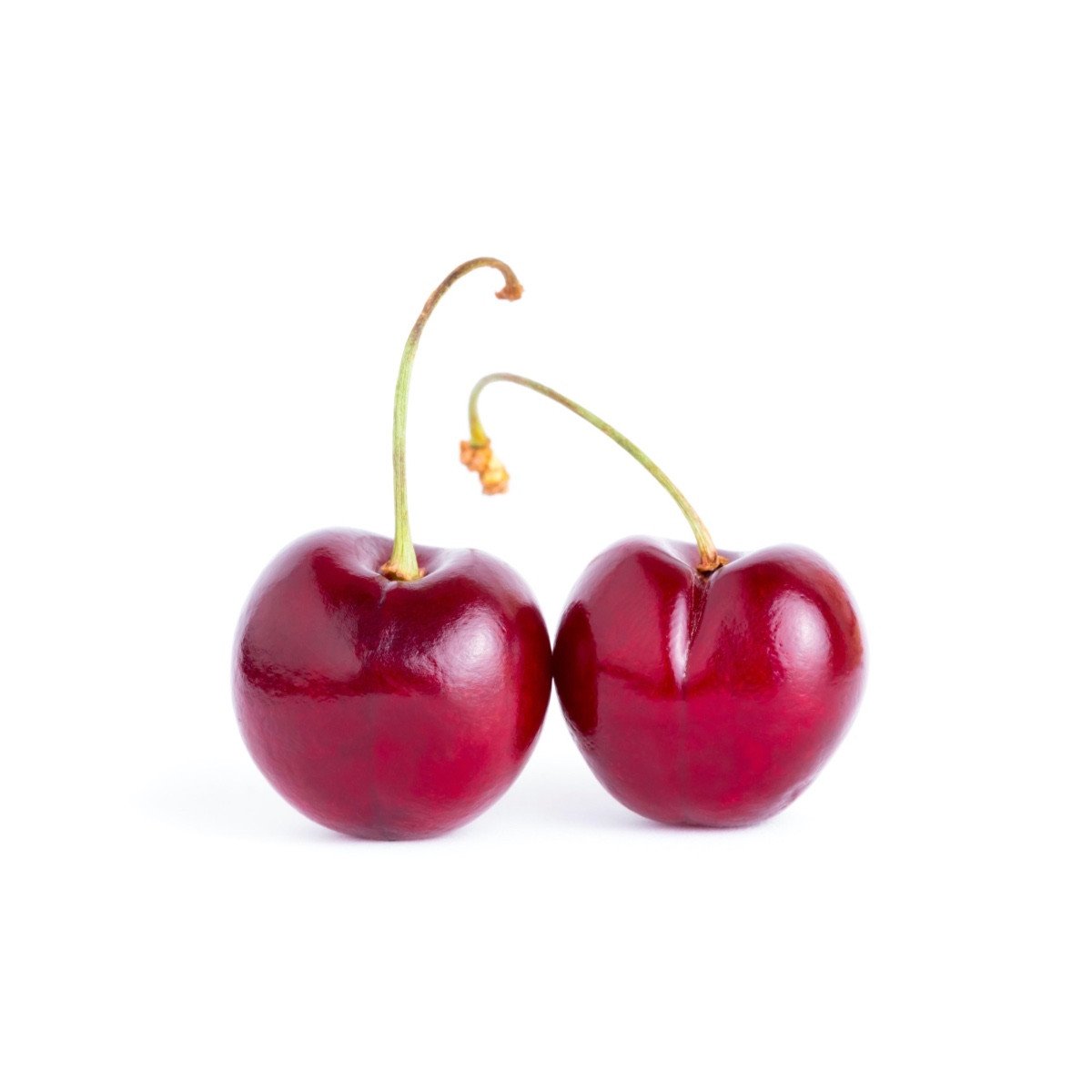Sour cherry / Tart cherry

Sour cherry / Tart cherry
(Prunus cerasus)
Plant family
Rose family (Rosaceae)
Also known as
Dwarf Cherry
Season Overview
Planting
Harvest
Harvest
J
F
M
A
M
J
J
A
S
O
N
D
1ST YEAR
FOLLOWING YEARS
Details
Light requirement
Sunny
Water requirement
Dry
Soil
Medium (loamy)
Nutrient requirement
Low
Plant distance
500 cm
Row spacing
500 cm
Seeding depth
15 cm
Instructions
Description
Sour cherries belong to the rose family. Their fruits have a hard pit or stone, so they are considered stone fruit. They can grow as a shrub, bush or tree and grow up to 10 m tall. In spring (April to May), the beautiful white flowers form - about 1 - 2 weeks after sweet cherries. Depending on the varieties, these can be self-pollinated or cross-pollinated. The fruits of sour cherries are more sour and usually softer than sweet cherries.
Origin:
Unknown, probably Europe from wild bird cherry (Prunus avium) and steppe cherry (Prunus fruticosa).
Growing tips
An annual application of compost is sufficient to fertilize the sour cherry. A coat of white paint before winter makes the thin, smooth bark less susceptible to frost cracks. Watering during dry periods and regular pruning are also important. Planting depth approx. as deep as the depth in the pot. Can also be planted in spring. Tread well and tie larger trees to a tree stake as storm protection if necessary. If the soil is heavy, add a good portion (several cm) of fine gravel to the planting hole as drainage. Sour cherries are very sensitive to waterlogging. Ripe sour cherries are soft and glassy. Most sour cherries are self-fertile, but some varieties need a second plant for fertilization; sweet cherries are also suitable if they flower at the same time. Ideally, prune immediately after harvesting.
Antagonistic Plants
No antagonistic plants
Diseases
No diseases
Pests
Common winter moth
Aphids